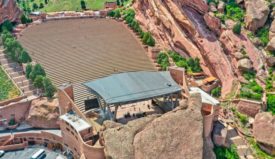Home » standing seam
Articles Tagged with ''standing seam''
Economics of Exposed Fastener Meets Aesthetics of Standing Seam Panels
Modern-Rib
January 6, 2023
Enhance your expertise with unparalleled insights.
Join thousands of building professionals today. Shouldn’t you know what they know?
SUBSCRIBE TODAY!Copyright ©2024. All Rights Reserved BNP Media.
Design, CMS, Hosting & Web Development :: ePublishing

.jpg?height=168&t=1724244553&width=275)

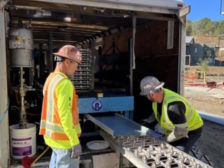
.jpg?height=168&t=1700581293&width=275)
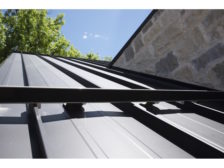
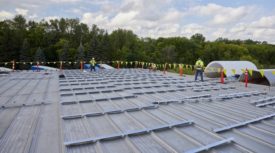
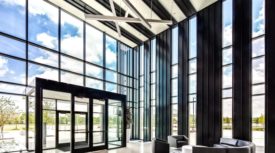
.jpg?height=168&t=1673019114&width=275)
